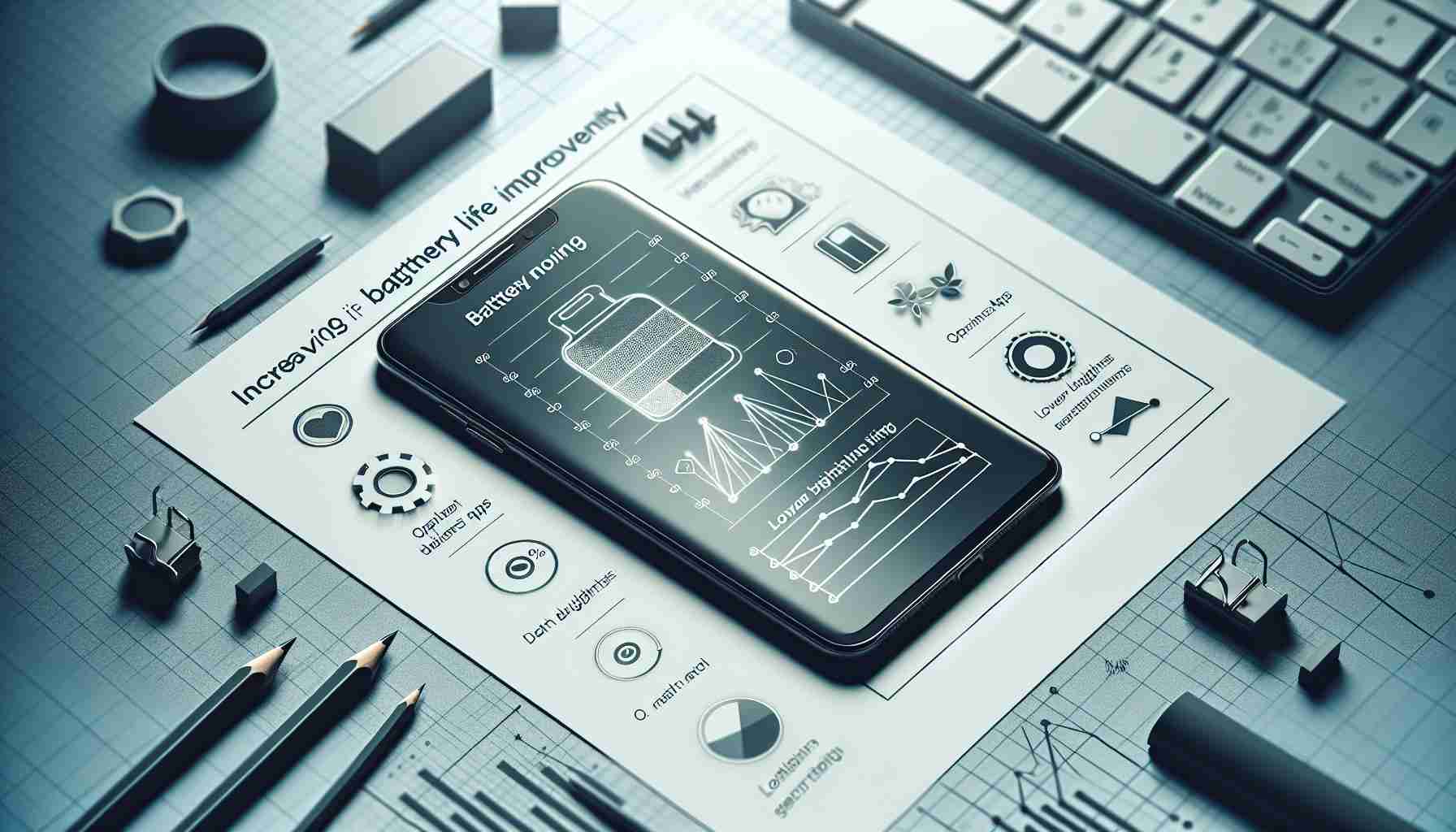Optimizing Battery Life with Smart Charging Practices
There’s a widespread concern about charging our mobile phones correctly, with many people wary of the potential risks like “overcharging.” However, modern smartphones are smarter than we may think. They come with embedded protection chips that prevent the battery from taking in more charge than necessary. When the battery is full, the charging automatically discontinues, mitigating any risk of overcharging—even if you leave your phone plugged in overnight.
Nevertheless, charging your device overnight isn’t without its drawbacks. Prolonged charging can generate heat, and if the phone is placed in an area with poor ventilation such as under a pillow, it can become warmer than usual. Such excessive heat can be detrimental to the battery health over time.
Adopting Best Charging Strategies for Enhanced Performance
To circumvent the issue of battery wear and tear, many new devices have introduced an optimized charging feature. This technology is devised to halt the battery’s charge at 80% when plugged in for a prolonged period, like overnight, effectively minimizing battery strain and extending its life.
To maintain your phone’s battery health, it’s also essential to avoid exposing your device to extreme temperatures. For instance, Apple advises against charging your iPhone in environments over 35 degrees Celsius as it could cause irreversible damage to the battery. Similarly, it’s not advisable to charge your phone in excessively cold conditions.
Taking a moderate approach to charging is also beneficial. Experts suggest keeping your phone’s battery charge between 30% and 80% as much as possible. This range can help sustain the battery’s life as full charge cycles from 0% to 100% may quicken the battery’s degradation. By embracing these suggested practices, you can ensure that your mobile phone’s battery remains healthy for a more extended period, thereby enhancing your device’s overall performance and reliability.
Understanding Lithium-ion Battery Chemistry
Mobile phone batteries are generally lithium-ion (Li-ion) or lithium-polymer (LiPo), with Li-ion being the more common type. These batteries have a limited number of charge cycles (typically around 500-1500 full cycles) before their capacity begins to diminish, meaning after a certain number of charges, the battery will not hold as much charge as it did when it was new.
Importance of Battery Calibration
Sometimes, the phone’s software can misread the battery’s capacity, leading users to think their battery degrades faster than it does. Calibrating your battery every few months—draining it down to 0% and then charging up to 100% without interruption—can help the system more accurately gauge the battery’s capacity. However, since full charge cycles can wear out the battery, calibration should be done sparingly.
Challenges and Controversies
One challenge is finding the balance between usability and battery preservation. While keeping a battery between 30% and 80% charge may extend its lifespan, it is not always practical for users who may need their phones to last a full day without opportunities to recharge.
Controversy also arises from the “planned obsolescence” theory, where some users believe manufacturers intentionally design batteries to fail after a certain period to force consumers to buy new devices. While there is no solid evidence to support this theory, it feeds into the consumer’s concerns about battery longevity.
Advantages and Disadvantages of Optimized Charging
The advantage of optimized charging is clear: it can extend the overall lifespan of a phone’s battery by reducing stress and wear during charging. However, there is a disadvantage for users who may need a 100% charge for the next day and may forget to override the optimized charging feature.
Related Reliable Sources
For further information on mobile phone battery technology and best practices, the following are some reliable sources:
– Apple provides detailed advice for battery care specific to their devices.
– Android offers guidance and built-in features on Android devices to maintain battery health.
While visiting the above sites, make sure to search for their guidelines on battery care and optimization to get the most accurate and updated information tailored for their respective devices.
The source of the article is from the blog kewauneecomet.com
